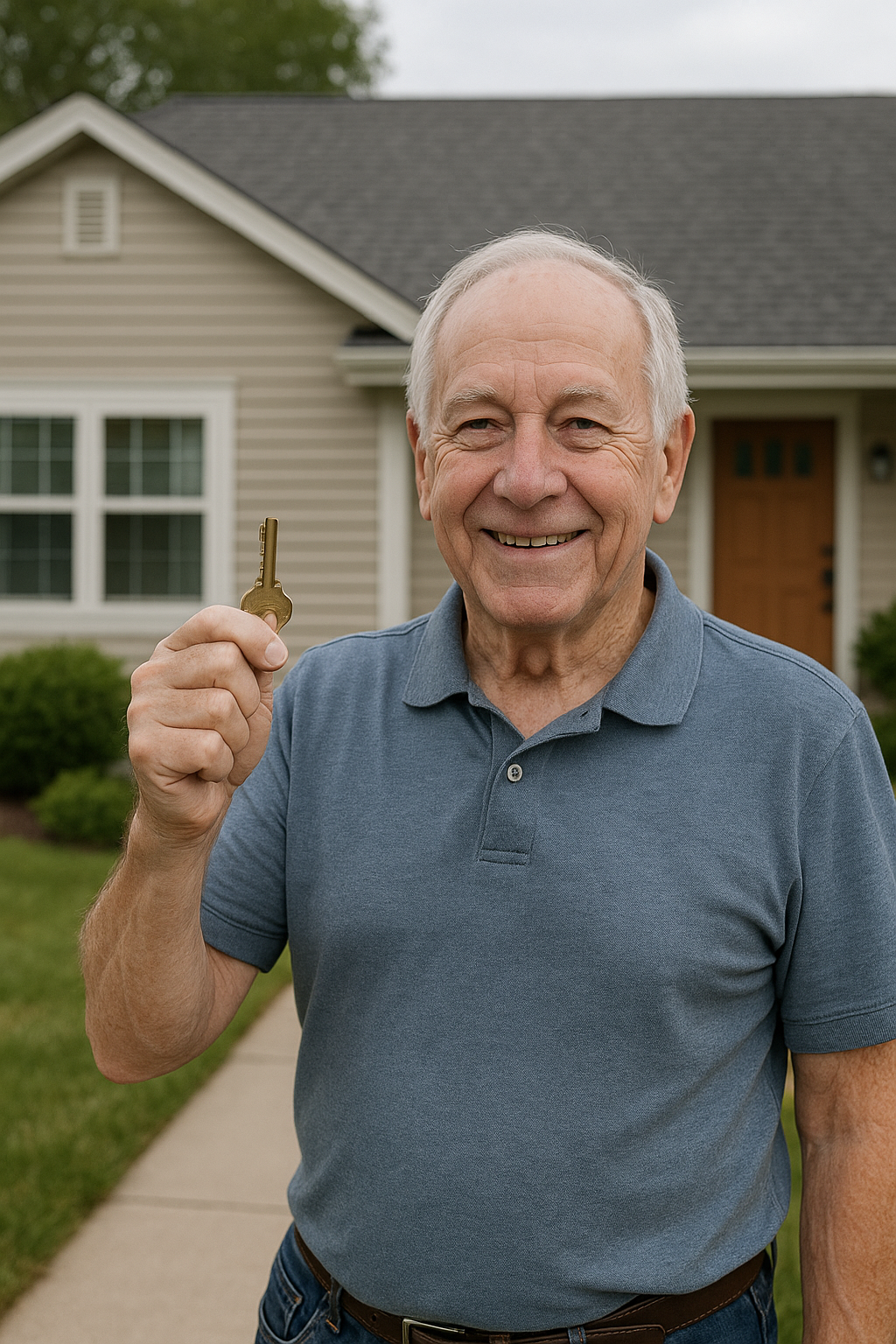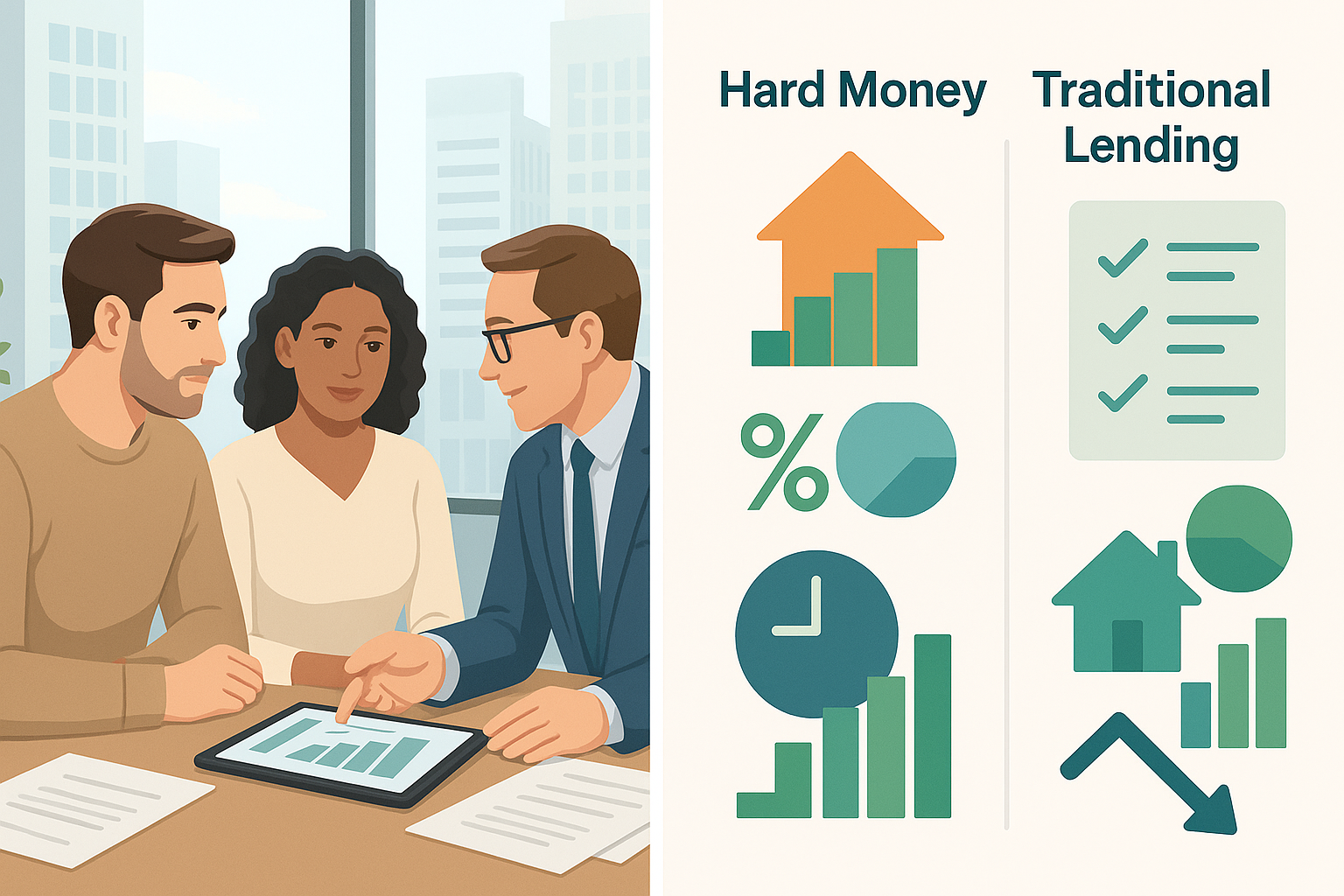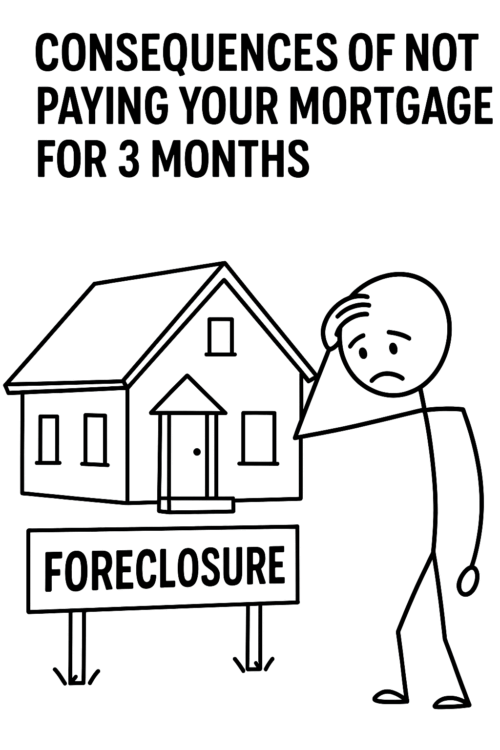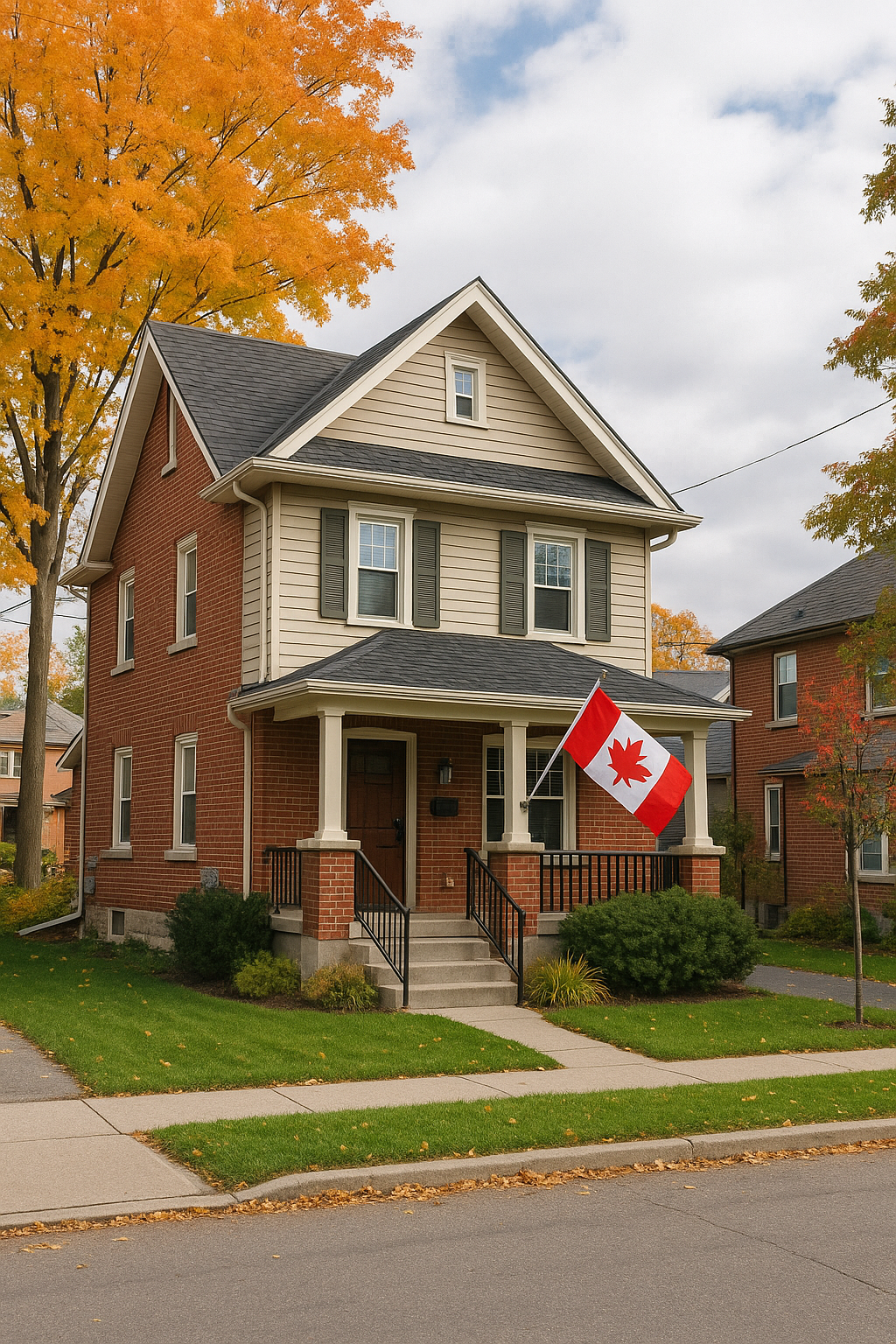Table of Contents
Toggle1) What is a Reverse Mortgage in Canada?
A reverse mortgage is a loan secured against your primary residence that allows homeowners aged 55+ to access a portion of their home equity as tax-free funds. Unlike a traditional mortgage, you don’t make required monthly payments. The loan balance grows over time and is usually repaid when you sell, move out permanently, or the last borrower passes away. You remain on title the entire time.
2) How It Works (At a Glance)
-
Eligibility: Canadian homeowner, 55+, property is your principal residence.
-
Amount you can access: Based on age, home value, location, and property type (older age + higher home value = typically more).
-
How you receive funds: Lump sum, planned advances, or a combination to match your cash-flow needs.
-
Repayment: No required monthly mortgage payments; interest accrues. Balance is due when you sell, move, or upon estate settlement.
-
Staying in your home: You must keep property taxes, insurance, and maintenance up to date.
3) Top 5 Benefits of Reverse Mortgages for Retirees
Benefit #1: Tax-Free Cash Flow
Reverse-mortgage advances are not taxable income. That means the money you receive won’t increase your marginal tax rate or potentially reduce means-tested benefits the way taxable withdrawals might. Many retirees use this to bridge income gaps while preserving RRSP/RRIF accounts for later years when taxes could be higher.
Use cases:
-
Cover rising living costs without triggering extra tax.
-
Create a “buffer” instead of selling investments in a down market.
-
Reduce RRIF withdrawals to manage the OAS clawback risk.
Benefit #2: No Required Monthly Mortgage Payments
Cash flow in retirement matters. With a reverse mortgage, there are no required monthly payments, which helps reduce financial stress. You can optionally make interest-only or lump-sum payments if you wish, but you’re not obligated to do so.
Why this helps:
-
Frees up monthly budget for essentials and lifestyle.
-
Provides flexibility during periods of market volatility or unexpected expenses.
-
Supports aging-in-place plans without the strain of making payments.
Benefit #3: Keep Title & Stay in Your Home
You remain the legal owner of your home. As long as you meet your obligations (taxes, insurance, maintenance) and the property remains your principal residence, you can live there indefinitely. For many Canadians, staying in a familiar community and avoiding the costs and upheaval of moving is priceless.
Quality-of-life upside:
-
Maintain independence and routine.
-
Avoid transaction costs and stress associated with downsizing prematurely.
-
Keep proximity to family, friends, and healthcare providers.
Benefit #4: Flexible Access: Lump Sum or Planned Advances
You can structure funds to fit your plan: take a lump sum to pay off an existing mortgage or high-interest debt, set up scheduled advances to create a monthly income stream, or do a hybrid. This customization makes it easier to match your cash flow to your actual needs.
Popular strategies:
-
Debt consolidation: Clear credit cards or personal loans to lower overall interest pressure.
-
Renovations & accessibility upgrades: Finance projects that make aging-in-place safer and more comfortable.
-
Emergency fund: Keep a standby draw to handle medical or home-repair surprises.
Benefit #5: Estate & Family Planning Flexibility
Used thoughtfully, a reverse mortgage can improve long-term outcomes for you and your family:
-
Sequence-of-returns protection: Draw on home equity instead of selling investments when markets are down—potentially preserving portfolio longevity.
-
In-life gifting: Support adult children (e.g., education, first-home down payment) while you’re around to enjoy the impact.
-
Insurance & tax planning: Coordinate with your advisor to balance withdrawals, life insurance, and estate objectives.
4) Key Considerations & Common Misconceptions
Considerations (know before you proceed):
-
Interest accrues: Without monthly payments, the balance grows over time. Review compounding projections so there are no surprises.
-
Closing & setup costs: Expect appraisal, legal, and administrative fees—these can often be netted from proceeds.
-
Ongoing obligations: You must pay property taxes, keep adequate insurance, and maintain the home.
-
Early repayment charges: If you pay off the loan early (e.g., sell soon after closing), fees may apply—ask for examples.
Common misconceptions (and the reality):
-
“The bank takes my house.” — False. You remain on title. The loan is secured against the property, like any mortgage.
-
“My heirs will be stuck with a bill.” — Reverse mortgages in Canada are designed so that you’ll never owe more than the fair market value of the home when it’s sold (subject to lender terms). Remaining equity, if any, goes to your estate.
-
“Rates are always too high.” — Rates are typically higher than prime mortgages but reflect the no-payment feature. When compared to high-interest unsecured debt or forced investment sales in a downturn, a reverse mortgage can still be advantageous.
5) Who Is a Good Fit?
You might be a strong candidate if you:
-
Are 55+ and plan to stay in your home for the medium to long term.
-
Have significant home equity and want cash-flow relief without selling.
-
Prefer no mandatory payments, yet appreciate the option to prepay when it suits you.
-
Want to age in place, fund lifestyle goals, or help family while balancing taxes and market risk.
-
Are comfortable with the trade-off that interest compounds and may reduce future home equity.
6) Simple Steps to Get Started
-
Clarity call: Discuss goals (cash flow, debt consolidation, renovations, gifting).
-
Eligibility & estimate: Review age, property value, and location to estimate how much you could access.
-
Strategy design: Decide on lump sum vs. planned advances; coordinate with your financial/tax advisor.
-
Appraisal & approval: Lender orders an appraisal; legal instructions are issued.
-
Funding & follow-through: Receive funds, set reminders for taxes/insurance, and review annually to keep the plan on track.
7) FAQs
Q1: Will I still own my home with a reverse mortgage?
Yes. You remain on title. The lender registers a mortgage charge against your property, similar to a traditional mortgage.
Q2: Is the money I receive tax-free?
Generally, yes—reverse-mortgage proceeds are considered loan advances, not income. Always confirm with a tax professional for your situation.
Q3: Can I lose my home?
You must meet your obligations: pay property taxes, maintain adequate insurance, and keep the home in good condition. If you do, you can remain in your home indefinitely.
Q4: How much can I borrow?
It depends on your age, home value, location, and property type. Older borrowers with higher-value homes typically qualify for a larger percentage.
Q5: What happens when I sell or pass away?
The loan (plus accrued interest and any fees) is repaid from the sale proceeds. Any remaining equity belongs to you or your estate.
Q6: Are there penalties for paying it off early?
There may be prepayment charges, especially in the early years. Ask for a sample payout scenario before you commit.
Q7: How do rising or falling home values affect me?
If your home appreciates, you may preserve more equity. If it declines, Canada’s reverse-mortgage programs include protections so you won’t owe more than the fair market value when selling, subject to lender terms.
Ready to Explore Your Options?
If you’re 55+ and want flexible, tax-efficient cash flow without selling your home, a reverse mortgage could be the right tool. A licensed broker can compare products, illustrate costs, and coordinate a plan with your financial advisor so you can age in place on your terms.
Need Reverse Mortgage Advice?
Speak with one of our mortgage professionals today.
- The Critical Consequences of Not Paying Your Mortgage for 3 Months - November 21, 2025
- The Critical Differences Between a HELOC and a Home Equity Loan Every Canadian Homeowner Must Know - November 19, 2025
- How to Get a Personal Loan Secured by Home in Canada in 2025 - November 17, 2025






